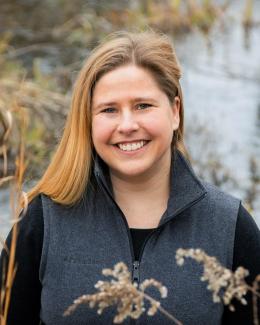Abstract
A unified conceptual framework for river corridors requires synthesis of diverse site-, method- and discipline-specific findings. The river research community has developed a substantial body of observations and process-specific interpretations, but we are still lacking a comprehensive model to distill this knowledge into fundamental transferable concepts. We confront the challenge of how a discipline classically organized around the deductive model of systematically collecting of site-, scale-, and mechanism-specific observations begins the process of synthesis. Machine learning is particularly well-suited to inductive generation of hypotheses. In this study, we prototype an inductive approach to holistic synthesis of river corridor observations, using support vector machine regression to identify potential couplings or feedbacks that would not necessarily arise from classical approaches. This approach generated 672 relationships linking a suite of 157 variables each measured at 62 locations in a fifth order river network. Eighty four percent of these relationships have not been previously investigated, and representing potential (hypothetical) process connections. We document relationships consistent with current understanding including hydrologic exchange processes, microbial ecology, and the River Continuum Concept, supporting that the approach can identify meaningful relationships in the data. Moreover, we highlight examples of two novel research questions that stem from interpretation of inductively-generated relationships. This study demonstrates the implementation of machine learning to sieve complex data sets and identify a small set of candidate relationships that warrant further study, including data types not commonly measured together. This structured approach complements traditional modes of inquiry, which are often limited by disciplinary perspectives and favour the careful pursuit of parsimony. Finally, we emphasize that this approach should be viewed as a complement to, rather than in place of, more traditional, deductive approaches to scientific discovery.


